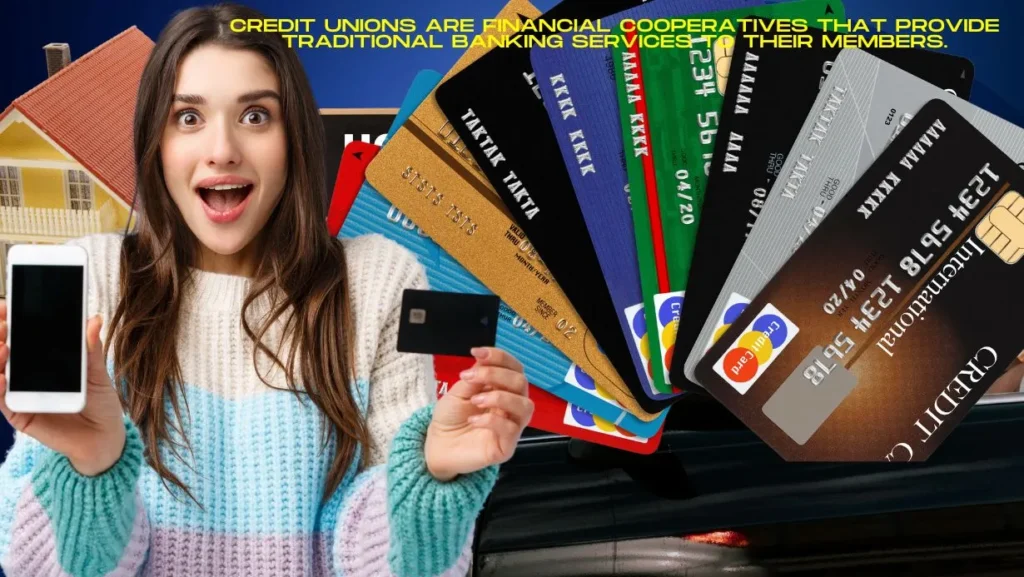Exploring Online-Only Banks: Are They Right for You?
In the ever-evolving landscape of banking, online-only banks have emerged as a significant player, offering an alternative to traditional brick-and-mortar institutions. With their promise of higher interest rates, lower fees, and digital convenience, these banks are attracting a growing number of customers. However, deciding whether an online-only bank is suitable for you involves understanding their benefits and drawbacks.
The Rise of Online-Only Banks
Online-only banks operate without physical branches, providing financial services solely through digital platforms such as websites and mobile apps. This model allows them to offer competitive advantages over traditional banks, primarily due to lower operational costs.
Pros of Online-Only Banks
- Lower Fees: Without the overhead costs associated with physical branches, online banks often eliminate many common banking fees. For instance, they typically do not charge monthly maintenance fees, and some even offer zero overdraft fees, making them particularly attractive to banking beginners and those with lower balances.
- Higher Interest Rates: Online banks usually provide higher annual percentage yields (APYs) on savings accounts and certificates of deposit (CDs). The absence of physical branches to maintain allows these banks to pass the savings onto customers in the form of better returns. For example, where traditional banks might offer an APY of 0.01% on savings, online banks can offer rates as high as 5% or more.
- Convenience: Opening and managing accounts with online banks can be done from anywhere at any time. This 24/7 accessibility, especially through sophisticated mobile apps, offers a level of convenience that traditional banks often cannot match.
- Innovative Banking Technology: Online banks are at the forefront of utilizing advanced banking technologies. Their platforms typically include features like automated savings tools, budgeting aids, and easy online bill payments, enhancing the user experience.
Cons of Online-Only Banks
- No In-Person Services: The lack of physical branches means that customers cannot have face-to-face interactions, which can be a drawback for those who prefer personalized service or need hands-on assistance.
- Limited Deposit and Withdrawal Options: Handling cash deposits can be cumbersome with online-only banks. While they often partner with ATM networks for cash withdrawals, depositing cash might require finding a compatible ATM or using a roundabout method involving another bank account.
- Customer Service Limitations: While online banks offer customer service via phone or chat, the absence of a personal relationship with your banker can be a significant disadvantage during complex financial situations.
- Less Variety in Account Options: Some online banks may not offer as wide a range of products as traditional banks. For instance, options like money market accounts or multiple types of checking and savings accounts might be more limited.
Is an Online-Only Bank Right for You?
Choosing an online-only bank depends on your banking habits, preferences, and financial goals. Here are a few scenarios where an online bank might be a good fit:
Tech-Savvy Users: If you are comfortable with managing your finances online and prefer banking on the go, online-only banks can offer a seamless digital experience.
Savers Seeking High Yields: For individuals looking to maximize their savings growth, the higher interest rates provided by online banks can be very beneficial.
Those Seeking Low Fees: If you are frustrated with the high fees associated with traditional banks, the low-cost structure of online banks can be appealing.
Conversely, if you frequently deal in cash or prefer direct personal interaction for your banking needs, a traditional bank might be more suitable. Additionally, those not comfortable with digital technology might find online-only banks challenging to navigate.
The following banks are the most popular online-only banks in the USA:

Ally Bank
Varo Bank
LendingClub Bank
Upgrade
Alliant Credit Union Bank
Can I open a bank account online?
The steps to open an online bank account are easy to follow. How to do it:
Visit the bank’s site. There is a button or link that will take you to a page where you can sign up for an account. Make sure you have all the paperwork you need on hand. A legal form of identification like a U.S. driver’s license or other government-issued ID, a U.S. address for a real home (not a P.O. box), and proof that you are a U.S. citizen or resident alien are the things you’ll need.
Make a password for the app. You need to choose a nickname.
Choose the type of account. With a shared account, you’ll also need the above proof for the other account user. Kindly fill out the form. You will need either a debit card number or the routing and account number to move money from another bank account to the new one. On the bottom of your check, you’ll find your banking number and account number, in that order.
Can you open the bank account over the phone instead of online?
You can call an online bank’s customer service line to get help setting up an account. A lot of the time, you can also start the account over the phone. If you’re not sure, ask as soon as you get through to customer service.
How much do you need to put down as a deposit?
Many internet banks won’t charge you any fees or require you to keep a certain amount of money in your account. They’ll even let you keep just one dollar in it. Most of the time, the bank will ask you to start with at least $25, even if there is no minimum.
How are you going to get the money to the bank?
To move the money to a different bank account, you will need to have another one. That’s because you can’t send cash over the internet if you don’t. But some banks may let you use their app to place a money order from afar. That’s why it’s a good idea to work with a customer service person or an online banker as you go.
How do I get to my money once it’s in my account?
When you start a checking account, you can write checks like you would at any other bank. You can get debit cards from online banks that you can use at ATMs or stores to get cash back. You could also move the money to a different bank account that you can reach.
The best interest rates on savings accounts
According to the FDIC, the average rate for savings accounts across the country as of April 15, 2024, was 0.46%. You can make good APYs on the best CD accounts as well.
Making the Choice
In conclusion, online-only banks offer a modern, efficient, and cost-effective banking alternative, suited particularly well to the digitally inclined and those looking to maximize their savings. However, they may not suit everyone, especially those who value in-person customer service or have more complex banking needs. Before making a decision, consider your personal banking requirements, your comfort with technology, and how you prefer to interact with your bank. By aligning these factors with what online-only banks offer, you can choose the banking option that best fits your lifestyle.












